News Beat
News Beat reporting is an idrw.org initiative to let our Readers to report News Based on Actual facts but some how has not been reported in Main Stream Media .
SOURCE: RAUNAK KUNDE / NEWS BEAT / IDRW.ORG
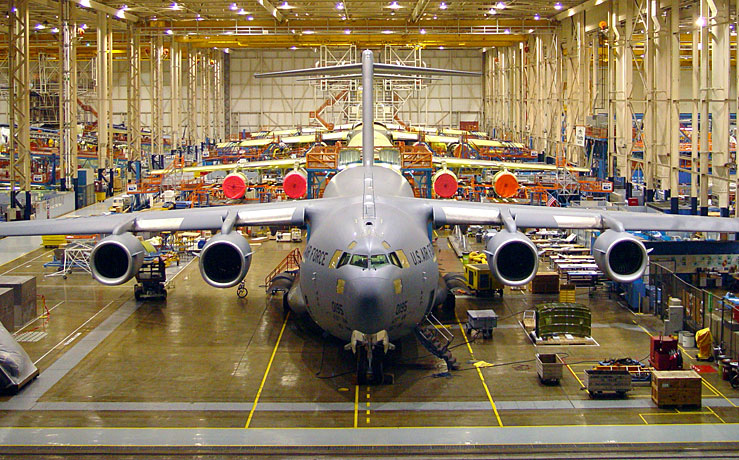
The C-17 Globemaster III, a beloved workhorse of military transport, may see a second life. At the World Defense Show in Saudi Arabia, Boeing’s vice president Torbjorn Sjogren revealed renewed interest from existing operators in purchasing more C-17s if production resumes.
In 2013, faced with a lack of orders, Boeing made the difficult decision to end C-17 production. This news was met with disappointment from many air forces around the world, including the Indian Air Force (IAF), which is the second-largest C-17 operator after the US Air Force.
Continue readingSOURCE: RAUNAK KUNDE / NEWS BEAT / IDRW.ORG
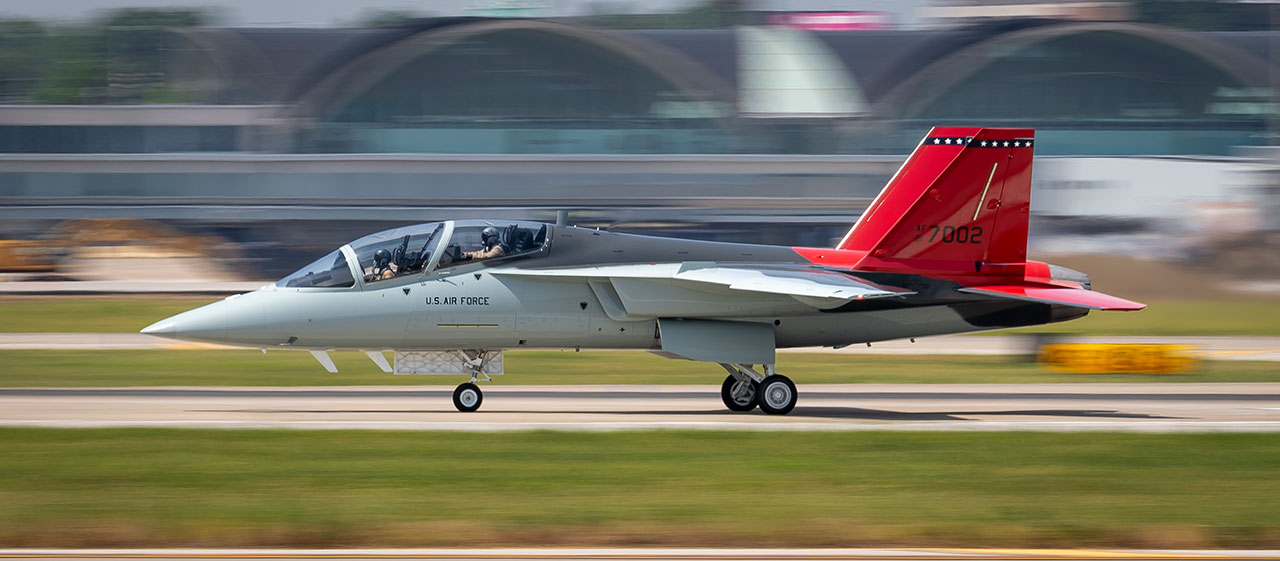
Indian defence companies are taking flight with Boeing’s T-7A Red Hawk program, securing key contracts for the development of this advanced pilot training system. This signifies a significant boost for India’s “Make in India” initiative and strengthens its position as a global player in the aerospace industry.
With the US Air Force planning to induct over 350 T-7A Red Hawks, Boeing is looking to source aerostructures from Indian companies. This presents a lucrative opportunity for Indian firms that are already developing aerostructures for the indigenous LCA-Tejas program. Talks are underway with select companies, indicating a potential shift in the global supply chain for major aircraft programs.
Continue readingSOURCE: RAUNAK KUNDE / NEWS BEAT / IDRW.ORG
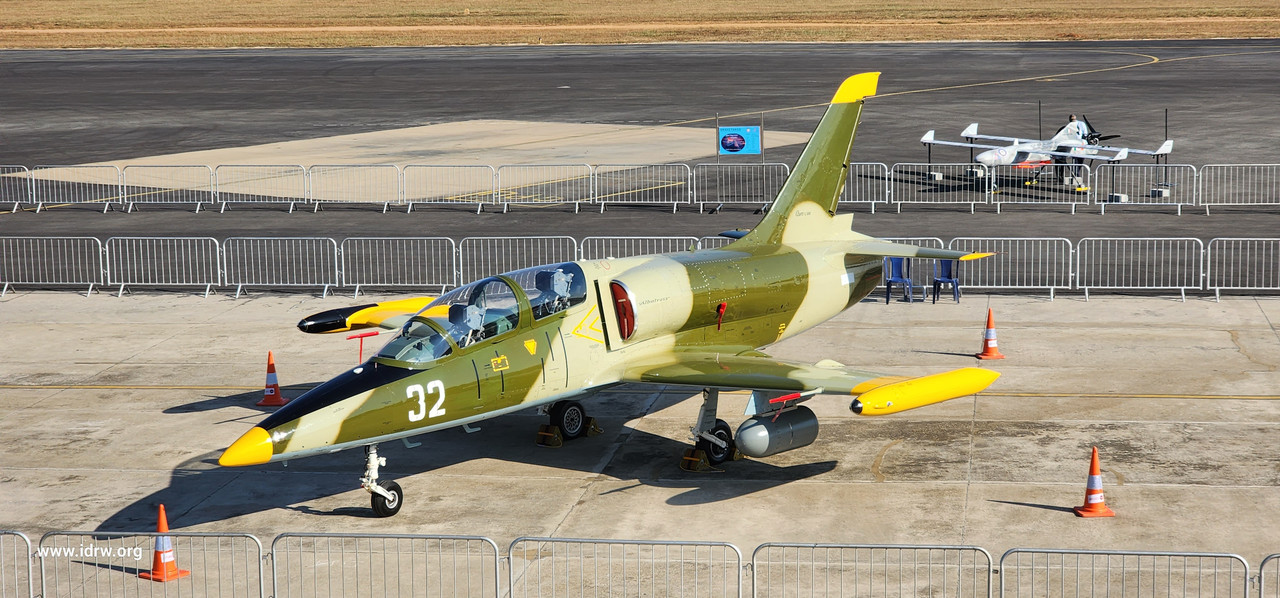
The Indian Air Force (IAF) faces a crucial decision regarding its Stage-II Pilot Training Program with the ageing Kiran-MkII jet trainers nearing retirement in 2025. The indigenous HJT-36 Sitara envisioned as the successor, remains mired in technical delays, pushing the IAF to consider foreign alternatives.
Developed by Hindustan Aeronautics Limited (HAL), the HJT-36 Sitara promised an advanced indigenous trainer. However, plagued by technical issues since its first flight in 2003, it has yet to meet all IAF requirements. Despite recent modifications and renewed flight testing, uncertainty lingers about its ability to enter service before the Kiran-MkII retirement deadline.
Continue readingSOURCE: RAUNAK KUNDE / NEWS BEAT / IDRW.ORG
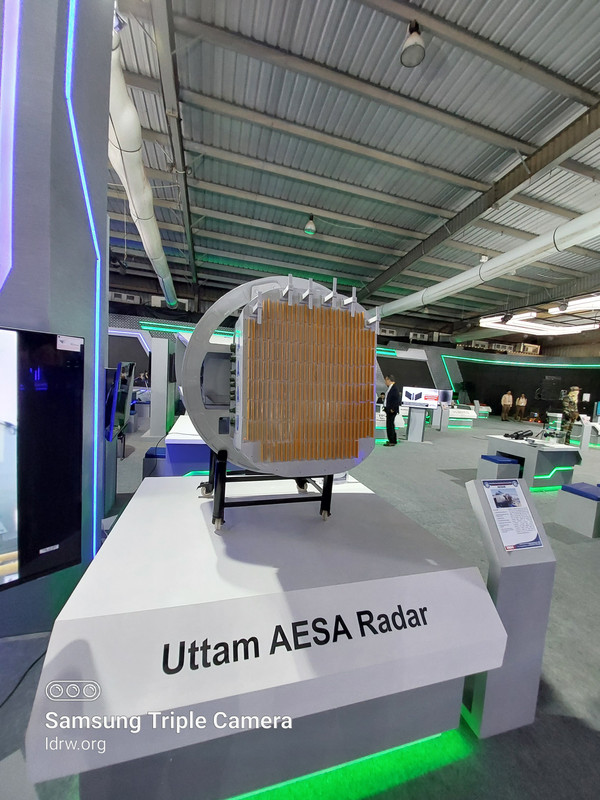
The Indian Air Force (IAF) may soon see its fighter jets equipped with a homegrown marvel: the Uttam Active Electronically Scanned Array (AESA) Fire Control Radar (FCR). Developed by the Defence Research and Development Organisation’s (DRDO) Electronics and Radar Development Establishment (LRDE), the Uttam AESA FCR has completed most of its pre-production flight trials, paving the way for potential production clearance later this year.
The Uttam AESA FCR has undergone rigorous testing, demonstrating its capabilities in various flight modes, including air-to-air combat, air-to-ground operations, and weather and terrain avoidance/following. This comprehensive testing ensures the radar’s effectiveness in diverse operational scenarios.
Continue readingSOURCE: RAUNAK KUNDE / NEWS BEAT / IDRW.ORG

India is poised to finalize a deal for 31 MQ-9B Sea Guardian drones from the US, a move that bolsters its maritime surveillance capabilities but raises questions about its future drone strategy. While the MQ-9B’s features impress military planners, some experts doubt its effectiveness in contested airspace.
Indian Air Force (IAF) officials, speaking to idrw.org, expressed concerns about the MQ-9B’s vulnerability in hostile environments. This aligns with India’s long-term ambition of developing its own High-Altitude Long-Endurance (HALE) UAV program, particularly a stealthy version capable of operating in contested airspace.
Continue readingSOURCE: RAUNAK KUNDE / NEWS BEAT / IDRW.ORG
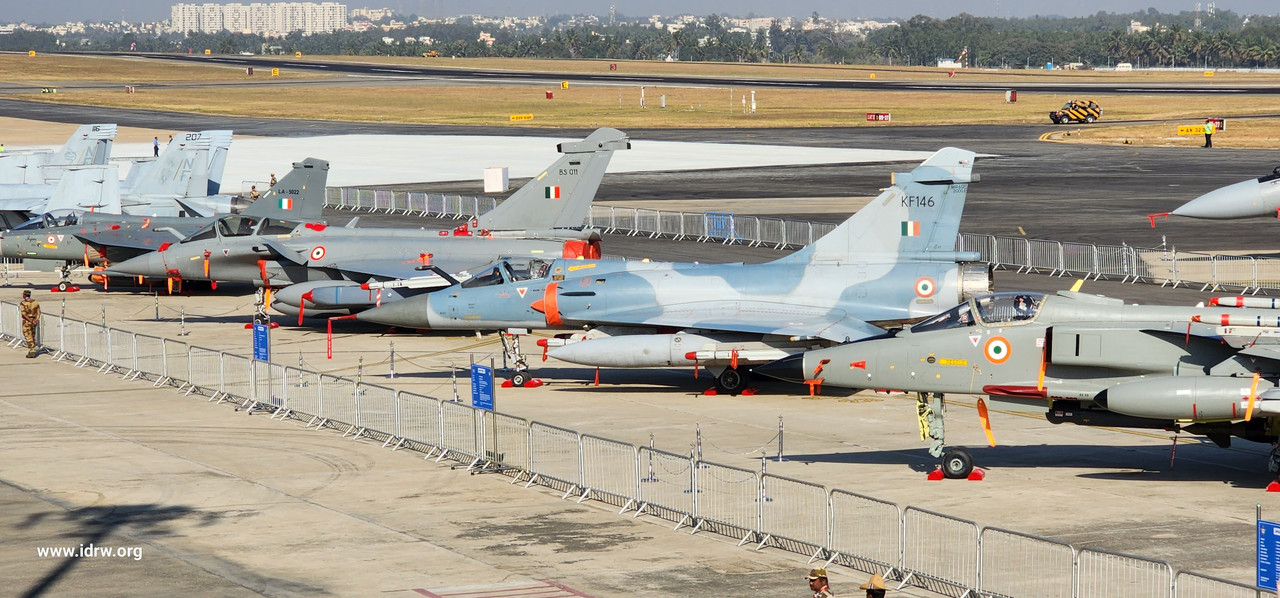
The Indian Air Force (IAF) is exploring options to extend the operational life of its Mirage-2000H fighter jets, including integrating the indigenously developed Astra MkI Beyond-Visual-Range Air-to-Air Missile (BVRAAM). This move comes as the current standard BVRAAM, the 80km Mica-IR/RF, faces increasing obsolescence in the face of more advanced missiles in the region.
With plans to keep the Mirage-2000H operational until 2035, the IAF seeks to enhance its capabilities. Integrating the Astra MkI, boasting a range of 110km, would significantly improve the jet’s long-range air combat potential. Additionally, DRDO’s ongoing development of the Astra MkII with a 160km range presents further possibilities for future upgrades.
Continue readingSOURCE: RAUNAK KUNDE / NEWS BEAT / IDRW.ORG
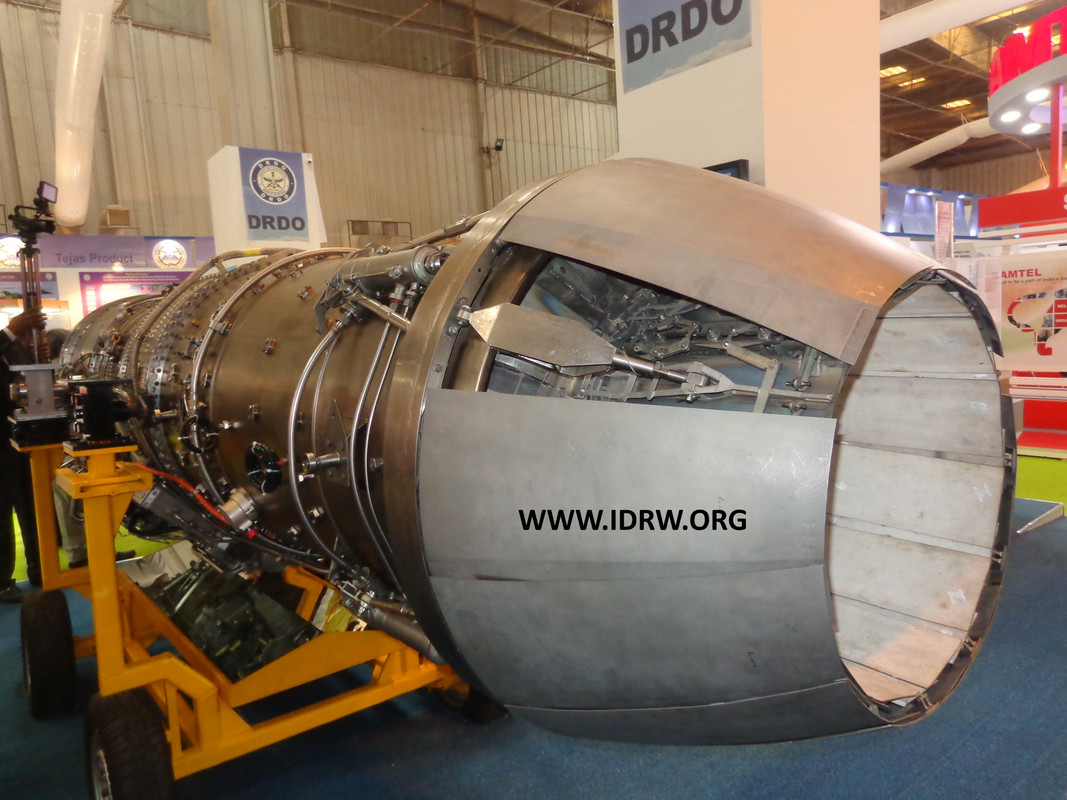
India’s quest for indigenous jet engine technology leaps forward with the planned integration of the Dry Kaveri engine with an afterburner section on the LCA-Tejas fighter jet. This technological demonstrator marks a significant step towards the development of the Kaveri 2.0 engine, aiming to replace imported engines on future Tejas variants.
The current Dry Kaveri engine falls short of powering advanced fighter jets due to its thrust, necessitating the afterburner addition for testing. Achieving the target 73-75kN thrust in this configuration is crucial for securing funds and launching the Kaveri 2.0 program. This upgraded engine, designed to deliver 95-99kN thrust, could potentially replace the F-404 and F-414 engines currently powering the Tejas Mk1A and Mk2 models.
Continue readingSOURCE: RAUNAK KUNDE / NEWS BEAT / IDRW.ORG
/cloudfront-us-east-2.images.arcpublishing.com/reuters/HMFZIYYWLNMY3PG3Y3KK2SVPLI.jpg)
Indonesia has officially scrapped its plan to acquire 12 used Mirage 2000-5 fighter jets from Qatar, citing concerns about the high price tag and the relatively old age of the aircraft. This decision comes after months of negotiations and speculation surrounding the deal, which was valued at €733 million (approximately $790 million).
While the Qatari Mirage 2000-5s, delivered in 1997, are younger than some currently in operation elsewhere (ranging from 25 to 27 years old), they still faced concerns about their age and associated maintenance costs. Previous potential buyers like India and Pakistan also walked away due to these factors.
Continue readingSOURCE: RAUNAK KUNDE / NEWS BEAT / IDRW.ORG
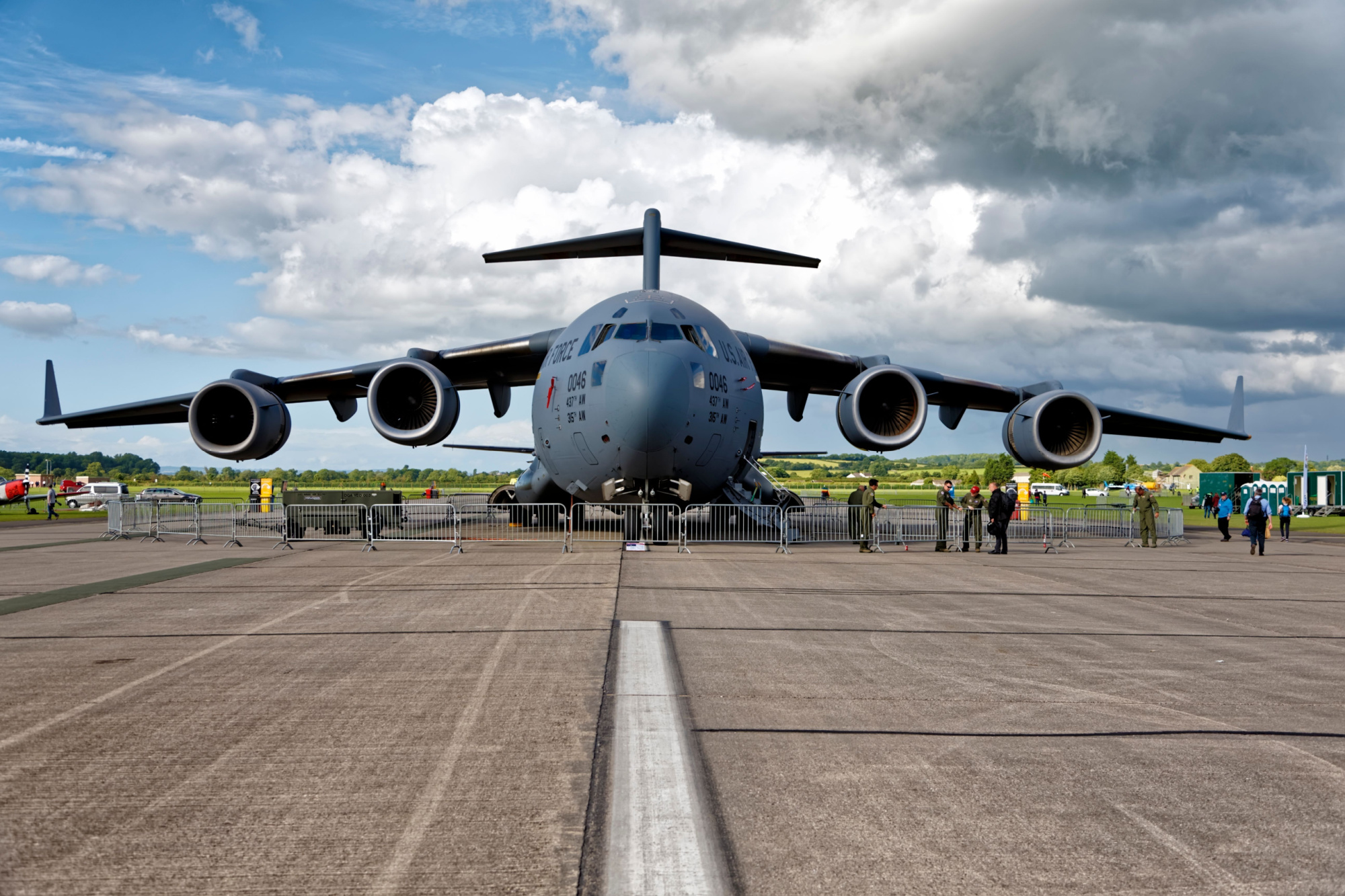
The U.S. Air Force is seeking valuable insights from its key partners, including the Indian Air Force (IAF), as it embarks on a major upgrade program for its C-17 Globemaster III aircraft fleet. This program, known as the “C-17 Aircraft Globemaster Operational Enhancements (GLOBE) program,” aims to breathe new life into the iconic aircraft by integrating cutting-edge capabilities and addressing obsolescence concerns.
The IAF, with its impressive fleet of 11 C-17s, holds the distinction of being the second-largest operator of this versatile transport aircraft globally. This extensive experience makes their feedback crucial in shaping the GLOBE program’s direction.
Continue readingSOURCE: RAUNAK KUNDE / NEWS BEAT / IDRW.ORG
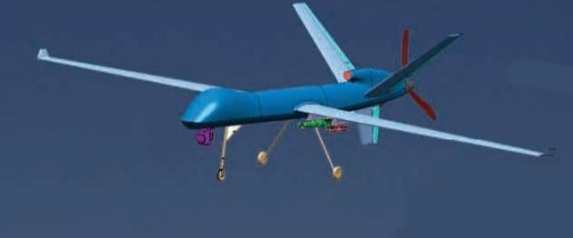
India’s Ministry of Defence (MoD) has set its sights on the private sector to salvage its High-Altitude Long-Endurance (HALE) UAV program following the delays and ultimate crash of the Tapas program led by DRDO’s ADE.
The MoD proposes a Special Purpose Vehicle (SPV) model, encouraging private companies to collaborate with DRDO labs like ADE in developing military platforms and equipment. This shift comes amid concerns about ADE’s ability to deliver after the Tapas program failed to meet many altitude and endurance requirements.
Continue readingSOURCE: RAUNAK KUNDE / NEWS BEAT / IDRW.ORG
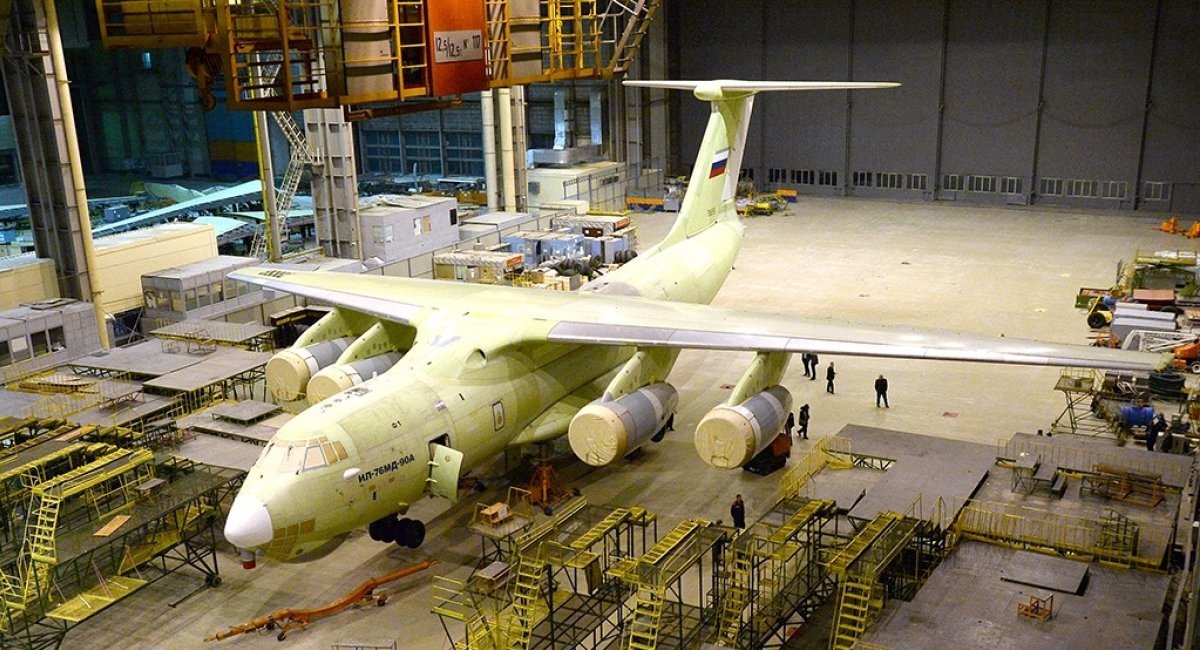
The United Aircraft Corporation (UAC) is looking to attract India, the world’s third-largest Il-76 operator, as a potential buyer for its latest offering, the Il-76MD-90A. Unveiled at the World Defense Show 2024 in Saudi Arabia, this upgraded transport aircraft claims significant improvements over its predecessor.
Recognizing the growing commercial air cargo market in India, UAC is also developing a civilian variant of the Il-76MD-90A. This adaptation aims to cater to the needs of commercial cargo operators like those in India’s booming logistics sector.
Continue readingSOURCE: RAUNAK KUNDE / NEWS BEAT / IDRW.ORG
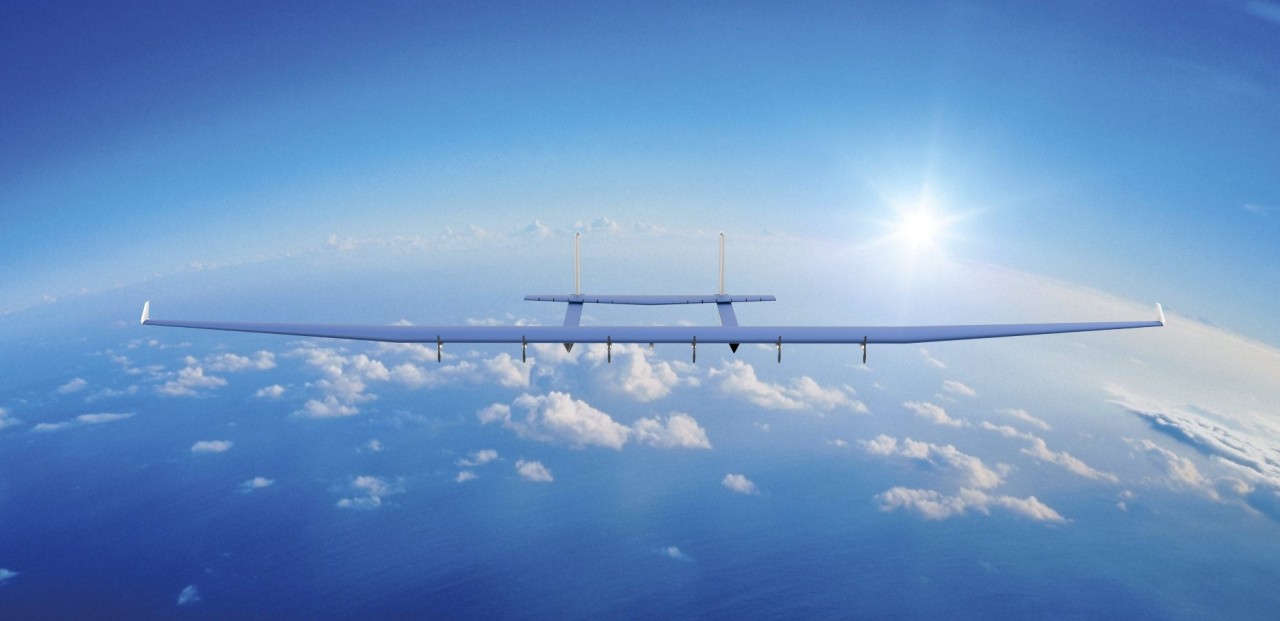
Defence and engineering giant Larsen & Toubro (L&T) has unveiled ambitious plans to develop its own High-Altitude Platform (HAP), a revolutionary technology capable of staying airborne for a staggering 12 months using solar power.
This announcement marks a significant step forward in India’s quest for indigenous aerospace solutions and holds immense potential for various applications across diverse sectors.
Continue readingSOURCE: RAUNAK KUNDE / NEWS BEAT / IDRW.ORG
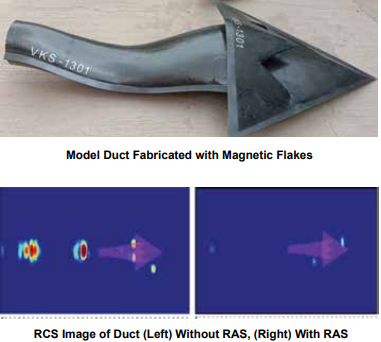
The Defence Research and Development Organisation’s (DRDO) Aeronautical Development Establishment (ADE) has revealed a model duct fabricated with magnetic flakes for its upcoming Remotely Piloted Strike Aircraft (RPSA). This image shows the duct, along with Radar Cross Section (RCS) images of the duct with and without Radar Absorbing Material (RAS).
The RPSA is a 10-13 tonne drone, comparable to strike fighters in its capacity to carry heavy weaponry such as bombs, rockets, and missiles. Because they are remotely controlled, they can be built lighter and stealthier, allowing them to undertake even the riskiest missions.’
Continue readingSOURCE: RAUNAK KUNDE / NEWS BEAT / IDRW.ORG
The Indian Navy is set to bolster its defences against aerial threats with the phased deployment of the Naval Anti-Drone System (NADS) across its frontline warships. This announcement comes after Admiral R Hari Kumar, Chief of the Naval Staff, revealed the initiative during a media interaction onboard INS Sandhayak after its commissioning.
Developed by the Defence Research and Development Organisation (DRDO) and manufactured by Bharat Electronics Limited (BEL), NADS represents a significant milestone in India’s Atmanirbhar Bharat (self-reliance) initiative. It is the first indigenously developed anti-drone system inducted into the Indian Armed Forces, a testament to the collaborative efforts of multiple BEL units and DRDO labs across the country.
Continue readingSOURCE: RAUNAK KUNDE / NEWS BEAT / IDRW.ORG

The Indian Air Force (IAF) is aiming for the heavens, with a proposed name change reflecting its ambitious plans to become the Indian Air and Space Force (IASF). This significant move signals a strategic shift beyond the skies, as the IAF seeks to expand its capabilities and play a leading role in the burgeoning domain of space warfare.
The IASF moniker embodies the IAF’s aspirations to transcend its traditional aerial role and embrace the complexities of space warfare. This transformation envisions training dedicated space elements, deploying cutting-edge anti-satellite (ASAT) weapons, and developing a diverse arsenal of counter-space capabilities.
Continue reading